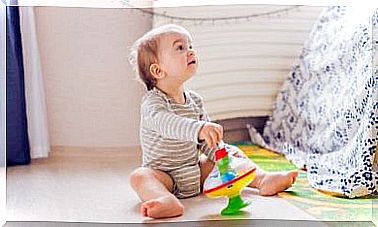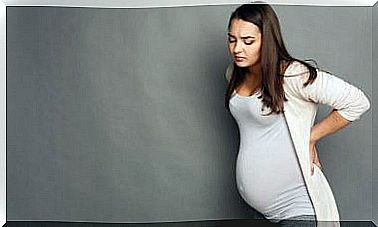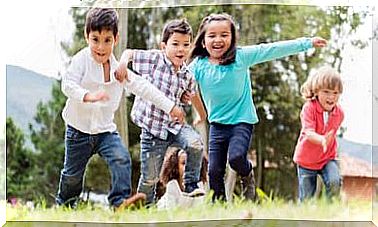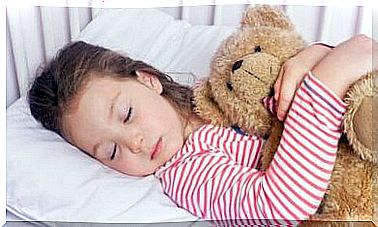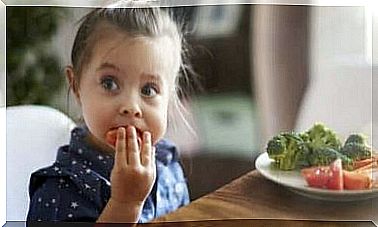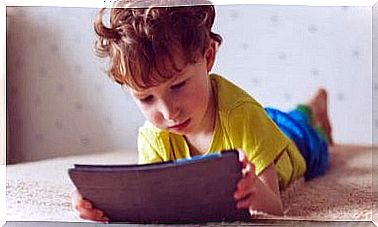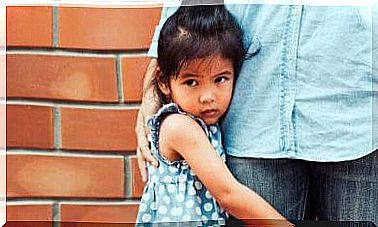4 Games That Train Reflexes And Coordination

Games and games that train reflexes and coordination are perfect activities that allow you to have fun together as a family. At the same time, they help to stimulate and train specific motor and psychomotor skills. In the article below, we suggest some different options for this. Read on and discover how much fun you can have while practicing important skills! We are sure that your children will love these activities.
4 games that train reflexes and coordination
Reverse the world
This game is perfect for strengthening psychomotor reflexes and body coordination in children. In addition, it also helps to develop self-control and concentration.
- Before the game begins, you must choose who will be the leader. Once you have decided, the leader must stand in front of the rest of the players, who stand in a row facing the leader.
- Now the leader must give the play participants various orders with a loud voice. For example, jumping, running, lifting your arms, etc. In response to this, players must do the exact opposite of what the leader tells them to do.

- As the instructions become more complicated. For example, the leader can name a specific body part that the participants should use. He or she may say: “jump on your left foot” , “run with your right hand on your head” , “lift your left hand” etc.
- If a participant makes a mistake, he or she is out of the game and may sit down. The last participant left wins.
Play to train reflexes and coordination: Land, air, fire and water
This next option on our list of games that train reflexes and coordination is perfect for working with children’s ability to react quickly, their ability to reason and their mental agility.
- Start by laying a string or rope on the ground to divide the area into two parts.
- Then one of the participants will stand on one side, and become a play leader, while the rest of the players stand on the other.
- Anyone who is alone on their side should say one of the words “land” , “water” , “fire” or “air” . At the same time, he or she should throw a soft ball in an attempt to hit one of the players on the other side of the line.
- When the play leader says “water”, “land” or “air” , the player who is hit by the ball must name either an animal that lives in the water, on land or that can fly through the air, ie. so that it matches the leader’s call. If the play leader has said “fire” , the participant must name an object that cannot burn. If the participant can not think of anything, he or she is out. The game continues until only one player remains, which is the winner. If you want to continue playing, the winner can be the next leader.
Exploding bombs
For the next game you need two balls and at least five players. The players stand next to each other in the shape of a circle. Then one of the participants must pick up one of the balls and the participant who is furthest from him or her picks up the other.

When everyone is in place, the game begins. It involves the players letting the balls go around the circle to the left and to the right, respectively. A player who gets both balls at the same time – ie the bomb explodes – loses and has to sit down. The game continues until only three participants are left in the game.
Play to train reflexes and coordination: Slow-motion race
During this play, children practice the ability to control their body movements. The first thing you need to do is choose who will be the leader.
Other participants stand against a wall until the leader tells them that they can start moving. Now the participants should move as slowly as possible until they reach the opposite wall in the room. At the same time, they have to pretend that they are running very fast – as if they are in slow motion.
The leader monitors to determine if any player stops moving. If this happens, the participant is out of the game. The last player to reach the opposite wall is the winner.

